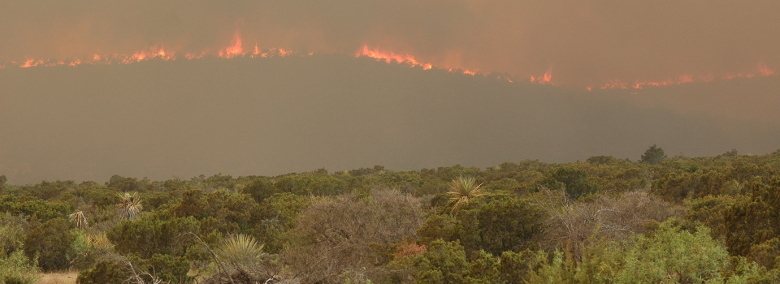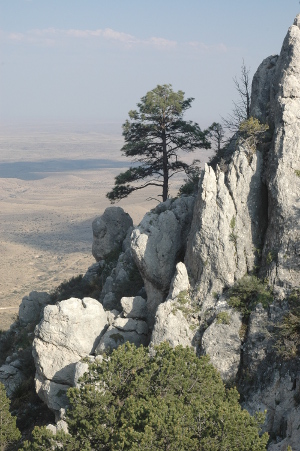Projects
Fire ecology and flammability
Fire may act as a selective force on plants both through its direct effects by killing or wounding susceptible individuals and through its effect on the environment. My research has argued that plants may act as authors of their own fate by influencing the environment that they or their offpsring experience. Are some plants “born to burn” in order to kill their neighbors? Current work in the lab led by Xiulin Gao focuses on tree-grass interactions and differential flammability among semi-arid savanna grasses.

Climate change and vegetation shifts
Simple models of plant response to warming climates predict vegetation moving to cooler and wetter locations. However, the mechanisms explaining species-specific responses to changes in temperature and water availability are much more complex. Nighttime lows and daytime high temperatures may show contrasting elevational patterns and water availability does not uniformly increase with elevation. The nonlinearities in local microclimate signal the need to assess the interacting effects of drought and temperature on tree performance and survival. In collaboration with Helen Poulos, Wesleyen University, we are conducting a multi-species analysis of the ecophysiological mechanisms controlling tree distribution patterns in the northern Sierra Madre Oriental.
